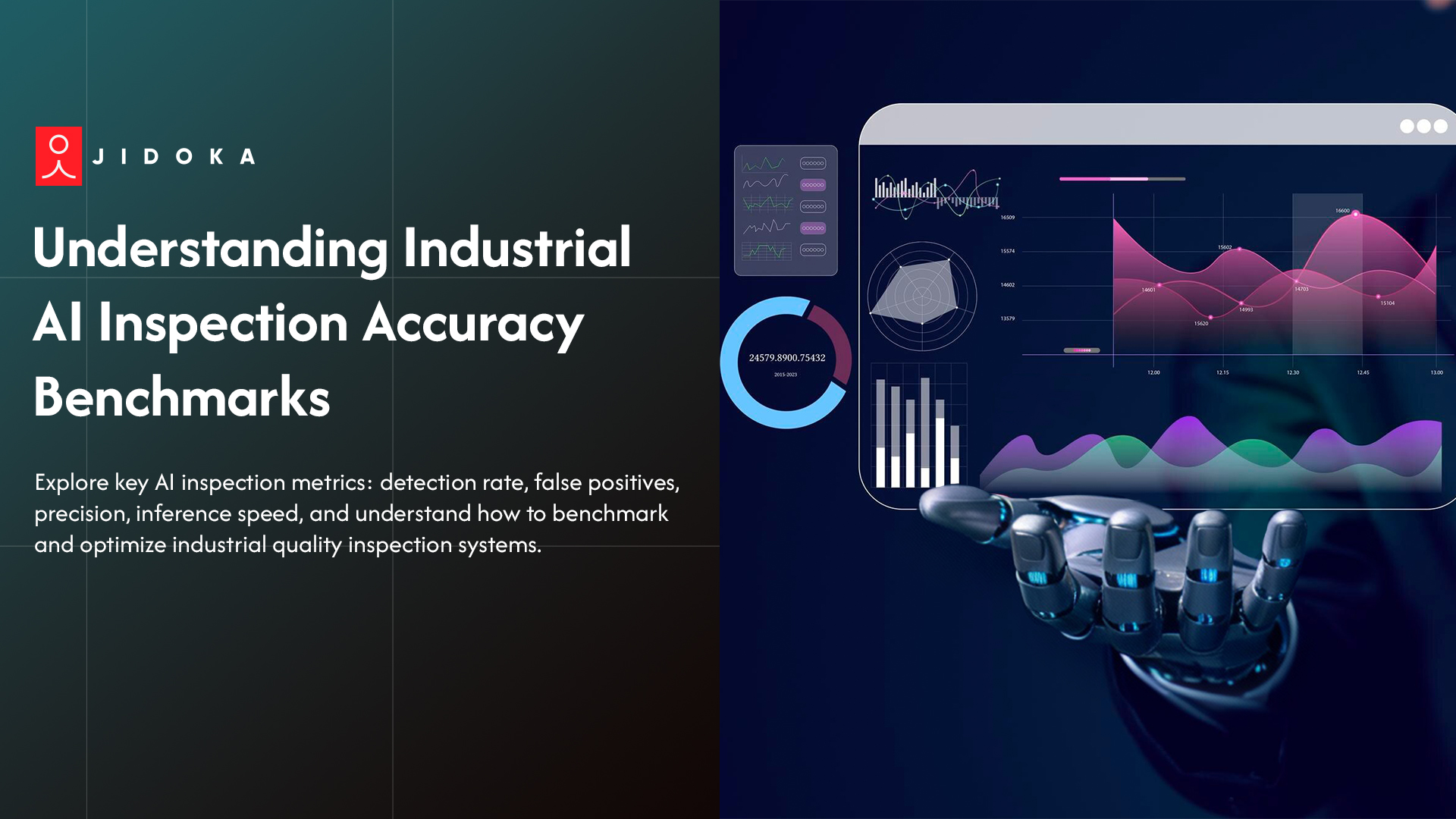Checking glass vials at 600 units per minute presents a massive engineering challenge. You cannot simply watch them fly by and hope to catch particles smaller than a human hair. That task requires a specialized automatic vial inspection machine.
This equipment combines robotics and optics to ensure patient safety. Speed matters, but precision defines success. A robust automatic vial inspection machine separates safe medicine from dangerous waste instantly. Without this technology, maintaining high standards feels impossible.
This guide breaks down the exact mechanics behind pharmaceutical vial defect detection. You will learn how these systems spin, stop, and analyze every single unit to guarantee quality.
Stage 1: Mechanical Handling & Singulation
Sharp images start with stable mechanics. You cannot get a clear picture if the object shakes or wobbles. The process begins by turning a chaotic group of glass containers into an organized, single-file line.
1. Singulation and Input
Vials enter the system in a jumbled mass. The automatic vial inspection machine uses an infeed star wheel or timing screw to space them out. Engineers call this singulation. Proper spacing prevents collisions and sets the pace for the rest of the line.
Positive Control Gravity and friction are not enough for high-speed inline vial fill and seal inspection.
- Servo Grippers: Pucks or robotic fingers lock onto the vial body.
- Consistent Focus: Holding the vial guarantees it stays at the exact focal distance from the lens.
- Damage Prevention: A firm grip stops the vials from hitting each other, which reduces breakage.
2. Vibration Damping
Any machine vibration creates blur in the vial inspection machine vision system. Engineers isolate the camera bridges with rubber dampeners. These mounts absorb energy from the main motors. This keeps the camera steady even when the automatic vial inspection machine runs at full speed.
Once the machine secures the vial, it prepares to agitate the liquid inside to reveal hidden defects.
Stage 2: Kinetic Excitation (The "Spin and Stop" Method)
Static cameras cannot detect static particles effectively. To fix this, every automatic vial inspection machine uses kinetic excitation. This method forces invisible defects into motion.
The Spin: Motors rotate the vial at speeds exceeding 2,000 RPM. This action creates a strong vortex inside the container. The automatic vial inspection machine adjusts this speed based on the liquid's viscosity to ensure proper agitation without foaming.
The Stop: The system brakes instantly. The glass stops, but the liquid keeps moving due to inertia. This separation powers pharmaceutical vial inspection automation.
- Heavy Debris: Glass shards and metal fly to the outer edge.
- Light Particles: Fibers and hairs swirl in the center.
Why Physics Matters: This technique allows the automatic vial inspection machine to distinguish between external scratches and internal contaminants. If the object moves while the glass sits still, it is a defect. This automated vial inspection solution ensures only clean product passes.
With the liquid swirling, the cameras must capture images before the vortex settles.
Stage 3: The Optical Architecture (Lighting & Cameras)
You cannot rely on a single camera angle for total quality control. An automatic vial inspection machine employs multiple stations to catch every flaw. Each station uses specific lighting to target unique defects.
Station A: Particle Detection This station snaps a rapid image sequence using area-scan cameras.
- Backlighting: Reveals dark particles like rubber or metal against bright liquid.
- Bottom Lighting: Makes clear glass shards glint against the dark background.
Effective vial visual inspection for pharma depends on this dual-lighting approach to see both opaque and reflective debris.
Station B: Cosmetic Surface Inspection
The automatic vial inspection machine rotates the container 360 degrees here. Line-scan cameras build the image row by row. This creates a flat map of the cylindrical surface, allowing the system to spot hairline cracks and label errors easily.
Station C: Crimp and Cap Check
The vial crimp cap inspection system verifies seal integrity. It uses diffused dome lights to prevent glare from the aluminum cap. Oblique cameras check for gaps between the stopper and the seal to ensure the automatic vial inspection machine maintains sterility standards.
Once the cameras capture these images, the software must interpret the data instantly.
Stage 4: The "Brain" (Software & Algorithms)
Cameras provide the eyes, but software provides the intelligence. An automatic vial inspection machine must process gigabytes of image data in milliseconds to separate good products from bad ones.
Algorithm 1: Frame Subtraction
The system compares consecutive images mathematically. It subtracts the first frame from the second. Everything static turns black. Only moving objects remain visible as bright pixels. This allows the automatic vial inspection machine to ignore the glass container and focus purely on the moving particle.
Algorithm 2: Edge Detection
To check fill levels, the software analyzes contrast gradients. It locates the meniscus line of the liquid with pixel-perfect accuracy. This form of inline vial fill and seal inspection ensures every patient receives the correct dosage.
Algorithm 3: Deep Learning
Traditional rules struggle to tell the difference between a water droplet and a glass blister. Deep learning models analyze the texture and context of the anomaly. This advanced automated vial inspection solution reduces false errors. It significantly improves pharmaceutical vial defect detection by understanding what a defect actually looks like.
After the software flags a defect, the machine must physically remove the vial from the line.
Stage 5: The Decision & Rejection
Speed defines the final step. The automatic vial inspection machine processes data instantly to separate waste from quality product. The decision happens in milliseconds at the line edge.
The Signal and Actuation: A Programmable Logic Controller (PLC) receives the fail signal. It sends a precise pulse to the reject gate.
- Soft Reject: A pusher diverts the vial to a tray. This handles minor cosmetic defects.
Safety Reject: The automatic vial inspection machine stops immediately for gross defects like shattered glass to protect the line.
Fail-Safe Logic: Reliable pharmaceutical vial defect detection demands verification. Sensors confirm the bad vial actually left the conveyor. If a rejected unit stays on the belt, the system executes an emergency stop.
Jidoka Tech: Your "AI Suit" for Total Quality Control
Jidoka Tech builds the intelligence behind a high-performance automatic vial inspection machine. Their team aligns cameras, lighting, PLC timing, and edge units so the system works flawlessly across all shifts.
Plants running Jidoka’s setup report consistent performance. The platform is capable of speeds that easily handle the demands of any automatic vial inspection machine, processing millions of inspections daily. Jidoka strengthens your automated vial inspection solution by combining two systems that extend capabilities beyond standard checks:
1. KOMPASS: High-Accuracy Inspector This module reaches 99.8%+ accuracy on live lines. It reviews each frame in under 10 ms, ensuring your automatic vial inspection machine never creates a bottleneck.
- Fast Learning: It learns new vial formats with 60–70% fewer samples.
- Complex Surfaces: It handles reflective aluminum crimps and clear glass with ease. KOMPASS supports pharmaceutical vial defect detection where consistency is mandatory.
2. NAGARE: Process and Assembly Analyst NAGARE tracks 100% of the assembly steps through existing cameras. It flags missing stoppers or improper crimping sequences in real time.
- Efficiency: This cuts rework by 20–35%.
- Process Logic: It reinforces inline vial fill and seal inspection by watching the workflow, not just the final product.
Jidoka runs the full automatic vial inspection machine software on local edge units to avoid delays. This setup provides the visual inspection automation for quality control needed to meet modern compliance standards.
Now, let's summarize why this technology transforms manufacturing.
Conclusion
Manufacturers face a tough reality. Manual inspection fails at high speeds, and legacy vision systems generate too many false errors. Old logic confuses harmless bubbles with dangerous particles. This unpredictability creates a bottleneck for your automatic vial inspection machine.
The cost of failure is extreme. A single contaminated unit slipping through causes massive recalls. It invites strict regulatory audits and destroys brand trust. You risk patient safety and lose millions in wasted product because your automated vial inspection solution cannot distinguish a water drop from a glass shard.
Jidoka eliminates this uncertainty. Our software upgrades your automatic vial inspection machine with deep learning precision. We stop the waste and catch the real defects. You get total compliance and a smoother production line.
Content Jidoka to perfect your pharmaceutical vial defect detection today.
FAQs
1. Why do inspection machines spin the vials?
The automatic vial inspection machine spins containers to separate liquid motion from the glass. This "Spin-and-Stop" method creates a vortex. Inertia forces particles to move while the bottle stays still. Pharmaceutical vial inspection automation relies on this kinetic physics to spot hidden debris against the static background of the container.
2. What is the difference between Line-Scan and Area-Scan cameras?
Area-scan sensors capture video sequences to track moving particles. In contrast, line-scan cameras build the image row-by-row. This unwraps the cylinder into a flat map. Vial inspection machine vision uses this specifically for vial visual inspection for pharma to read labels and spot hairline cracks on the stationary glass surface.
3. How does the machine distinguish between a bubble and a particle?
The system differentiates them using physics. Bubbles float up and refract light with a bright center. Particles sink or swirl. An automated vial inspection solution analyzes this specific trajectory. It ensures accurate pharmaceutical vial defect detection by ignoring harmless air pockets while flagging dangerous contaminants that follow the liquid's vortex.
4. Can these machines detect clear glass shards in clear liquid?
Yes, the automatic vial inspection machine solves this using bottom lighting or "Dark Field" illumination. Light enters at an angle and refracts off the shard's edges. This causes the invisible glass to "glint" brightly against a black background, making pharmaceutical vial defect detection possible even when materials share the same refractive index.
5. What happens if the machine loses track of a vial?
If encoder tracking fails, the automatic vial inspection machine triggers an immediate safety protocol. It executes a "Safe Stop" or rejects every unit in the queue. This fail-safe logic ensures inline vial fill and seal inspection remains compliant. The system sacrifices yield to guarantee that no unverified product ever reaches the patient.
%20How%20Does%20an%20Automatic%20Vial%20Inspection%20Machine%20Work_.jpg)







